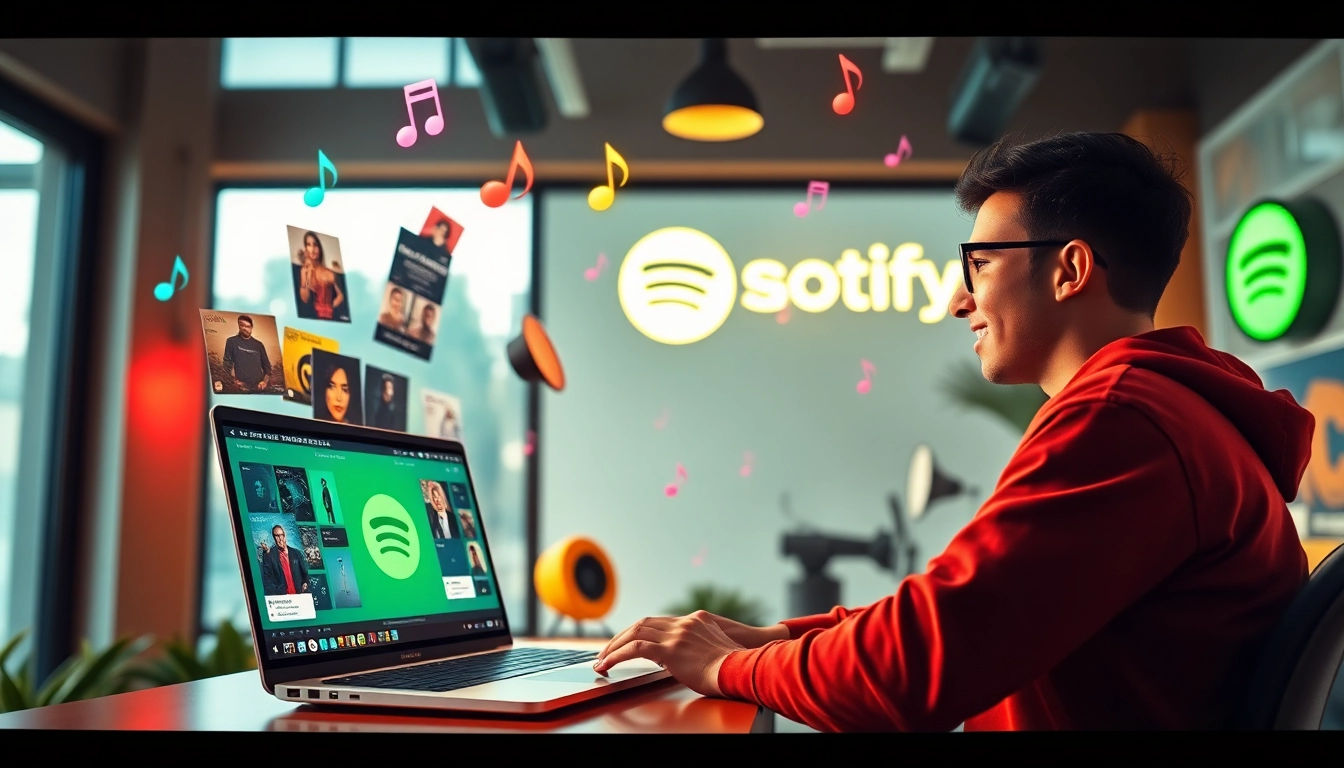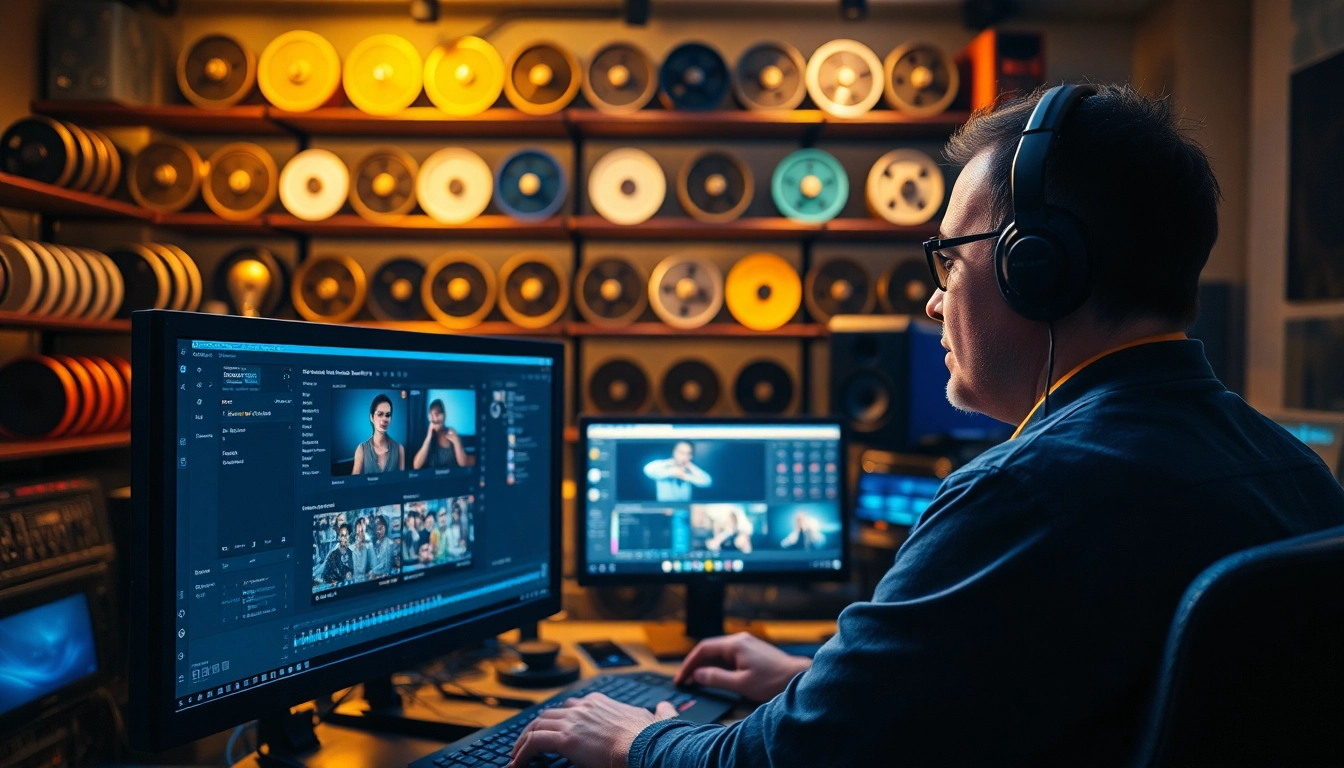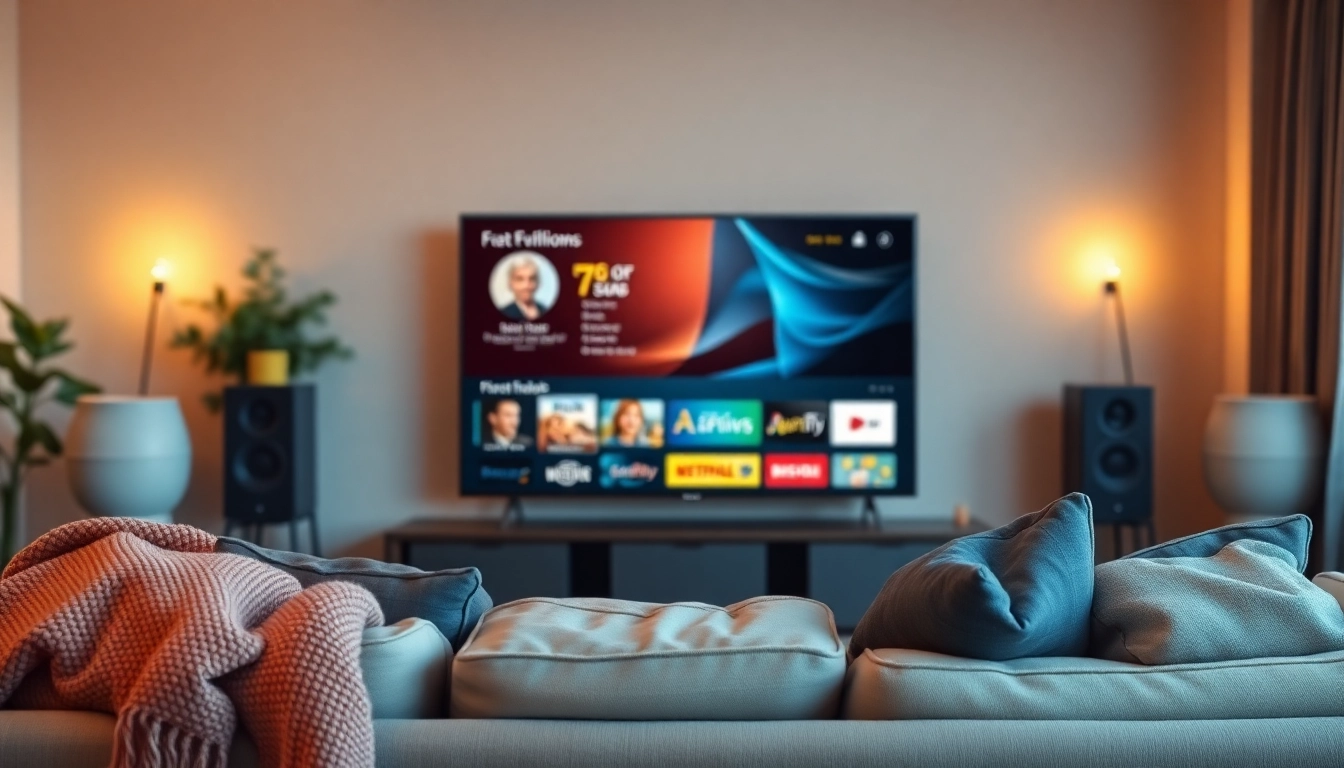Understanding Spotify Promotion
In the digital music landscape, Spotify has emerged as a dominant platform for artists and listeners alike. With over 400 million active users globally, the competition for visibility and audience engagement is fierce. Spotify promotion has become essential for artists seeking to amplify their reach and grow their fanbase. This article explores the intricacies of Spotify promotion, shedding light on its importance, how Spotify’s algorithm operates, and common misconceptions that might hinder artists’ success.
The Importance of Spotify Promotion
Spotify promotion is crucial for artists for several reasons. First and foremost, increased visibility can lead to higher streaming numbers. This, in turn, can influence Spotify’s algorithm, which favors tracks with higher play counts, engagement, and shareability. Artists who effectively promote their music can expect to see not only more followers but also potential playlist placements, which are instrumental in reaching broader audiences.
Moreover, successful promotion can lead to enhanced reputation and credibility within the music industry. When an artist’s tracks receive significant attention and are featured across playlists, it can also open doors to collaborations, live performances, and record deals.
How Spotify’s Algorithm Works
Understanding Spotify’s algorithm is key to effective promotion. The algorithm uses a combination of user engagement data, such as the number of streams, skips, and saves. It also analyzes the type of music users listen to and suggests new music based on patterns and preferences. Artists should aim to create music that resonates with listeners to increase engagement rates.
Moreover, Spotify’s algorithm favors consistency. Artists who regularly release new music are likely to see sustained engagement, as the platform rewards frequent updates with increased visibility and potential playlist inclusions.
Common Misconceptions About Spotify Promotion
Several misconceptions can lead artists astray in their promotional efforts. One common myth is that simply uploading music to Spotify is enough for success. However, without a comprehensive promotion strategy, it is unlikely that tracks will gain traction. Another misconception is that buying streams or followers can boost an artist’s profile. In reality, these tactics can harm credibility and lead to penalties from Spotify.
Finally, many believe Spotify promotion is only for big-name artists. In truth, independent musicians can thrive on Spotify by leveraging clever promotional strategies tailored to their audiences.
Best Practices for Spotify Promotion
To maximize their impact on Spotify, artists need effective promotional strategies. The following best practices will help artists create a robust presence on the platform.
Creating Compelling Playlists
Curating playlists is one of the most effective strategies for Spotify promotion. An artist should create playlists that not only include their tracks but also feature songs from other artists in similar genres. This can foster goodwill among fellow musicians and help reach a wider audience. Engage listeners by crafting themed playlists, whether for specific moods, activities, or concepts.
Moreover, artists can submit their songs to playlists curated by others, allowing their music to reach an entirely new audience. Platforms like SubmitHub offer opportunities to pitch music to playlist curators.
Leveraging Social Media for Promotion
Social media platforms are powerful tools for Spotify promotion. Artists should utilize platforms like Instagram, Facebook, and TikTok to engage with their fanbase, share behind-the-scenes content, and promote new releases. Engaging storytelling through posts and stories can captivate audiences and encourage them to share the music, amplifying reach exponentially.
Additionally, collaborations with influencers can introduce the music to their followers, further expanding exposure. Using analytics from social media can help refine strategies, focusing on content types that drive the most engagement.
Engaging with Your Audience
Direct engagement with fans is vital. Artists should respond to comments and messages, showing appreciation for their listeners. Host Q&A sessions, live performances, or virtual meet-and-greets to foster a stronger community connection. When listeners feel valued, they are more likely to share the artist’s music with their networks.
Creating a mailing list to keep fans updated on releases, shows, and exclusive content can also boost engagement and retention. The more connected audiences feel, the more likely they are to stream, save, and share the artist’s work.
Tools and Resources for Spotify Promotion
Essential Software for Artists
Leveraging technology can streamline and enhance promotional efforts. Tools like Soundcharts, SpotOnTrack, and Chartmetric provide insights into track performance and analytics. These platforms allow artists to understand listener demographics better, find potential playlist opportunities, and monitor competitors.
Additionally, tools like Canva or Adobe Spark can help artists design eye-catching promotional graphics for social media. Maintaining a consistent visual brand across all platforms reinforces an artist’s identity.
Online Platforms to Consider
Various online platforms can facilitate Spotify promotion. Services like Playlist Push and SubmitHub allow artists to connect with playlist curators who can feature their music, increasing visibility significantly. SoundCampaign focuses on playlist placement as well, employing a reliable network of playlist curators to ensure authentic engagement.
Moreover, investing in promotional campaigns through services like DistroKid or Tunecore can help artists distribute their music effectively while providing additional promotional tools and services.
Networking with Other Musicians
Networking is essential in the music industry. Artists should attend industry events, open mics, and workshops to connect with other musicians, producers, and industry professionals. Building relationships can lead to collaborative projects, allowing artists to tap into each other’s fan bases and expand their reach.
Moreover, joining online forums or communities focused on music promotion enables artists to share tips, advice, and experiences with peers, fostering a supportive environment. Networking isn’t just about personal benefit; collaboration can generate opportunities that benefit all parties involved.
Measuring Success in Spotify Promotion
Measuring the success of promotional efforts is crucial for refining strategies and demonstrating the value of campaigns. The following metrics provide insights into performance.
Key Performance Indicators to Track
Key performance indicators (KPIs) are essential for assessing the effectiveness of Spotify promotion efforts. Artists should closely monitor metrics like the number of streams, followers gained per release, and playlist placements. Tracking engagement data—such as how many users saved or liked a track—provides insights into audience interaction.
Additionally, monitoring listener demographics can help tailor future promotional efforts, ensuring that an artist connects with their target audience effectively.
Analyzing User Engagement
Engagement metrics are critical in evaluating how well an audience receives an artist’s music. Analyze how long listeners stay on tracks, their skip rates, and how they are sharing songs. If certain tracks generate higher engagement, consider understanding why—was it the song’s theme, the associated marketing, or the time of release?
It can also be beneficial to gather qualitative feedback. Artists could solicit opinions from their fanbase directly through social media or surveys, gathering insights that quantitative data alone cannot provide.
Adjusting Strategies Based on Feedback
Based on the gathered data and feedback, artists should be prepared to pivot their strategies. If certain promotional approaches are not yielding results, it may be time to explore new tactics or adjust existing campaigns. An iterative approach—testing, measuring, and adjusting—ensures that artists remain responsive to audience preferences and industry trends.
Moreover, artists should stay informed about changes in Spotify’s algorithm and adapt their strategies accordingly. For instance, if the algorithm reflects a shift in user trends toward longer engagement—a sign that album formats are making a comeback—artists might consider releasing extended play albums as part of their strategy.
Future Trends in Spotify Promotion
As the music industry evolves, so do the strategies for promoting music on platforms like Spotify. Staying ahead of trends is crucial for artists wanting to sustain long-term success.
Emerging Technologies Impacting Music Promotion
Emerging technologies, such as artificial intelligence and machine learning, are beginning to revolutionize music promotion. AI-driven tools can help artists analyze data more effectively, making targeted promotional efforts smarter. Tools that automate social media marketing or tailor content based on user behavior can significantly boost efficiency.
Moreover, virtual and augmented reality experiences are starting to capture the attention of music lovers. Artists integrating immersive visuals into their promotional efforts can create memorable experiences that foster a deeper connection with their audience.
How to Stay Ahead of the Competition
To maintain a competitive edge, artists must commit to continuous learning and adaptation. This includes keeping abreast of industry news and changing algorithms, learning from competitors, and trying innovative promotional strategies. Engaging with industry experts through webinars and online courses can provide valuable insights and updates.
Additionally, maintaining flexibility in promotional strategies allows artists to pivot and adapt to changes in technology and listener behavior effectively. The willingness to experiment with new platforms and techniques is crucial for sustained success.
Adapting to Changes in User Behavior
User behavior on streaming platforms can shift rapidly. By analyzing listener trends and feedback, artists can adjust their promotional efforts accordingly. For instance, the rise of TikTok has transformed how music goes viral; artists should consider integrating short-form video content into their promotion strategies.
Furthermore, trends such as the resurgence of vinyl and increased interest in physical albums can provide clues on how to shape promotional activity. Artists who successfully adapt to these changes and engage listeners in novel ways can build stronger connections and foster lasting loyalty.



